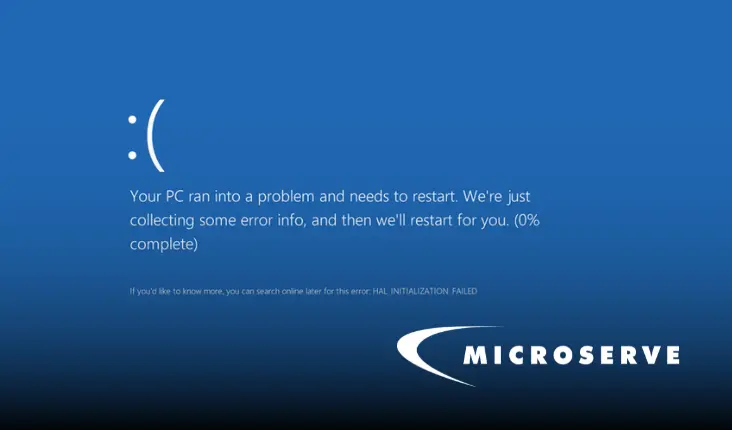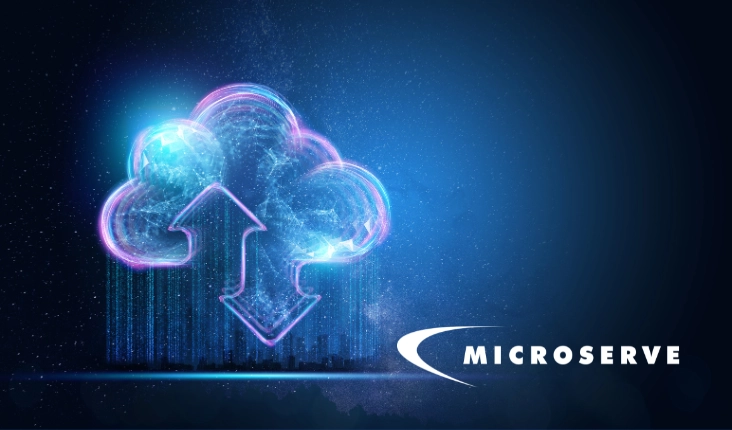Keep your data safe and minimize risk with Cloud Service
Part 1 of this series covered the basics of what the Cloud really is—using space on other people’s computers to get a job done—this post covers one of the most common uses of the Cloud: data storage and backups. If you use Dropbox or Google Drive you’re used to Cloud storage already and using the Cloud for backups has been around for a decade now. However doing large-scale Cloud service backups has only recently come to the fore with faster network speeds, more efficient software, and faster disk arrays that can store more data than ever before at much lower costs.
Let’s talk backups
Every business, every computer user, needs to have backups of their computers and devices. Most companies have ready-access to backups that go back about a week to a month, but older backups, ones that go back months or years, are stored offsite. If there is a disaster onsite, there is at least some data that can be brought back—you hope. But offsite backups can be a huge challenge. Not long ago offsite backups were stored on digital tapes and physically transfered to another location (like a warehouse). Getting data off the tapes could take hours or days depending on how much data is needed.
To make things worse, often archival backups, the last-resort copy of your essential data, are corrupted. It’s a painstaking process to verify backups stored on tape and most backups are given only the most basic check to make sure they are okay before shipping them off to storage. Chances are that some of your precious, last-resort data isn’t available at all.
This is not an efficient way to manage critical data and where Cloud service storage comes into play.
Get off tape and onto the Cloud
Here’s how Cloud service backups work. For backups that are for long-term storage your data are verified, encrypted, compressed, and transfered over the Internet to your Cloud provider where the data is stored for when you need it. This kind of secondary, off-site backup is stored on disks that aren’t very fast for retrieving the data, but very secure at storing it. These backups aren’t designed to be browsed just whenever, but they are far more easily accessed than if you use physical tape backup and offsite storage.
In the tape world, someone has to leave the office, go to the storage facility, find the tapes, and then come back to see if they data is any good. Cloud service backups are accessible from your desk. It might take a while to download the data from backup, but you don’t have to go anywhere to do that. Tapes can (and do) go bad, digital backups in the cloud are tested and verified so you can expect that your data will be there; you aren’t going to have to make another trip to storage to find tapes that aren’t damaged. Digital backups can be browsed and searched at once through your computer and you can pull out only the data you need.
When we say the data aren’t on fast disks, it just means the backups are on standard hard drives that you’re probably used to using. Data you need rapid access to or data designed to be part of a disaster recovery plan are on much faster disks; disks designed for really fast performance, but hold less data.
Cheaper, reliable, and flexible storage
Cloud storage is cost effective for one reason: scale. Cloud providers buy a lot of storage cheaply so they can sell the space to lots of customers. Customer data is segregated, encrypted, and protected on the servers, but sharing space on a server lowers the cost of storage for everyone. If you wanted to buy, and keep buying, storage it would cost you more because you’re always buying more storage than you need. You can’t buy a server with only just enough storage and have it grow dynamically as you need more space, but that is exacly how cloud storage works. Need 3 terabytes of storage? You pay for 3 terabytes, not the 4 or 10 or 100 terabytes that you’ll need later, just 3. When you need 4 or 10 or 100 terabytes, that space is allocated, and billed, only as you need it. You aren’t buying and paying for what you don’t need or use.
Keeping up with how much storage is needed is the Cloud provider’s issue, not yours. You keep sending your backups up to the facility and know there is space available. That’s just the way it all works. You only pay for the storage you need, when you need it.
Virtual servers have made Cloud service backups much easier to deal with
Today many of the servers that manage your email, host your website, or power your collaboration tools aren’t physical servers. Today IT professionals run several virtual servers on single real servers. Virtual servers let IT get the most out of every server they buy by tuning and dynamically allocating the resources a virtual server needs. What might have taken 5 physcial servers in the past, might only take 3 today because virtual servers can be efficiently run together. And here’s the other thing about virtual machines (VMs)—they are often just a single file that is a disk image that contains everything on the server. All the files, all the settings, even the programs run and exist within a file that the VM tool runs as a server. These single files might be huge, but it’s still a single file to manage and backup. Microserve uses Veeam Cloud Connect to automatically back up VMs to our Canadian-base Cloud facility. Veeam Cloud Connect can even keep local and cloud VMs in sync for up-to-the-minute disaster recovery.
Physical or virtual servers, securely backed up
Regardless whether you have physical or virtual servers to backup, backing up your data to the Cloud is a logical extension of your existing backup plans. Cloud service backup, especially if you are backing up virtual servers, dovetails right into disaster recovery as a service, which will be the topic of the next post in the series.
Learn more about Microserve Cloud Services and find out how we can help your business leverage the cloud.
Contact us today for a consultation.





